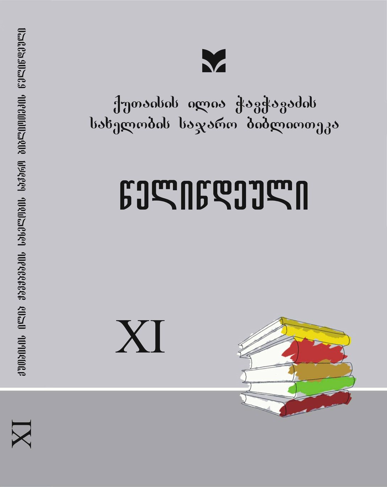Two Georgian Kings buried in Iran Rostom and Vakhtang V Shahnawaz
DOI:
https://doi.org/10.48614/yk.11.2019.14-19Keywords:
Khosrow Mirza, Rostom, Vakhtang V, Shahnavaz, MasumeAbstract
In no epoch has there been as close and varied relations between Iran and Georgia as it was during the Safavid period (1501-1722), especially after Shah Abbas I established the Caucasian, mostly Georgian, element as a stronghold.
If we look at it from a political point of view, how much does it say that the founder and commander-in-chief of Shah Abbas I’s guard, who was called the Shah’s deputy, was the Muslim Georgian Alaverdi-Khan Undiladze, whose one son Imam Kuli-Khan ruled Fars province and the other Daud - Khani - Ganja Karabakh.
Before Shah Abbas I (1587-1629), rulers of Isfahan were usually appointed for two years only by the Turkmen tribe. This rule was broken by Shah Abbas I and appointed by Khosrow Mirza, a Muslim Georgian, the commander-in chief of the Safavid capital city of Daruga, who had shown himself to be the ruler of the capital for not two but forty years.
And Shah Safi (1629-1642) in 1632, already called King Rostom, sent him as his deputy to Georgia, who reigned for 26 years (1632 - 1658) first in Kartli and then in Kartli-Kakheti. King Rostom had no heir and therefore he adopted Vakhtang V from the Bagrationi family, who was called Shahnavaz after the Muslims and who reigned for seventeen years in Kartli-Kakheti (1658 - 1675).
The main difference between these two kings is that Khosrow Mirza was born and raised among Muslims in Iran and was a Muslim from the beginning, and Vakhtang V was born in Georgia among Christians and converted to Islam before becoming king, which left a mark on both of their political careers.
During the reign of King Rostom, peace was restored and the reconstruction process went on, but the country was going through a process of conversion to Islam and moral decline.
During the reign of Vakhtang V, peace was also established in the country and reconstruction processes were underway, which was supplemented by the country’s conversion to Christianity and morality.
And the fact that both Georgian kings are buried in the holy city of Qom, Iran, in the courtyard of the mausoleum of Imam Reza, the sister of Imam Reza, where burial is a great honor for all Shiite Muslims, clearly indicates what a great role they played in Iranian history.




